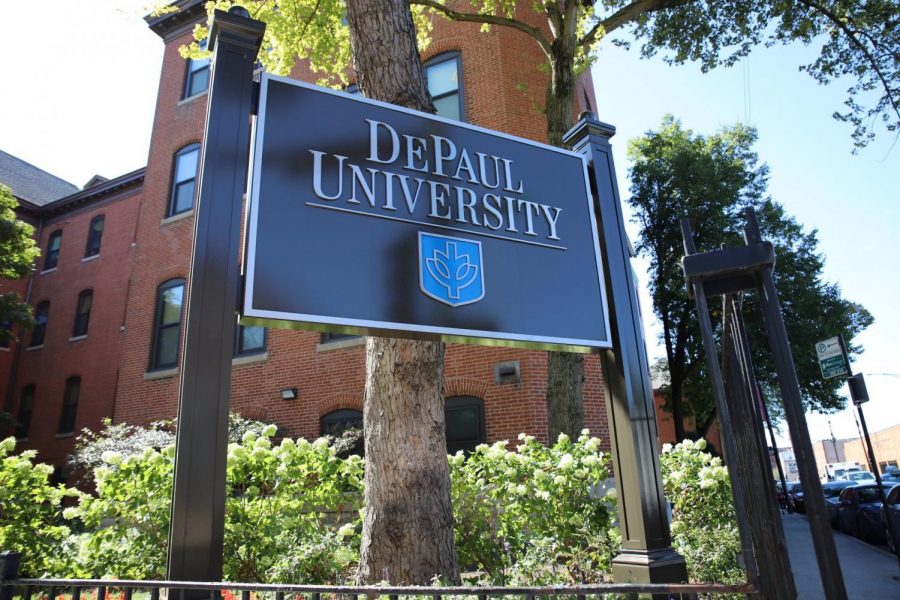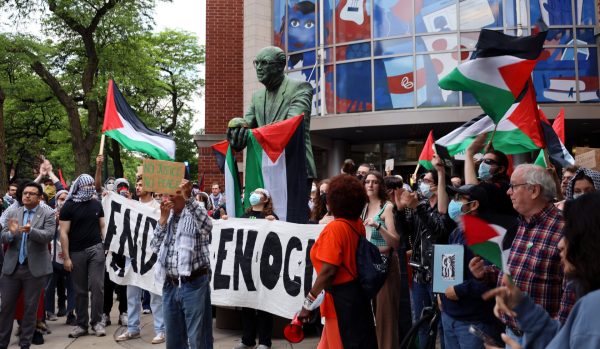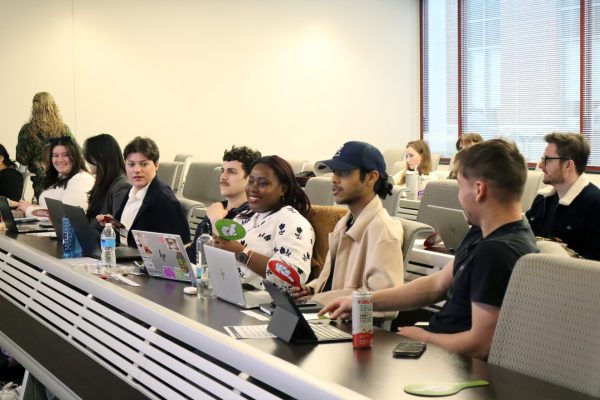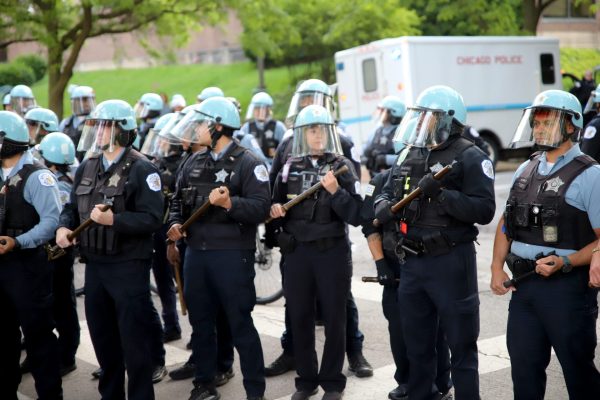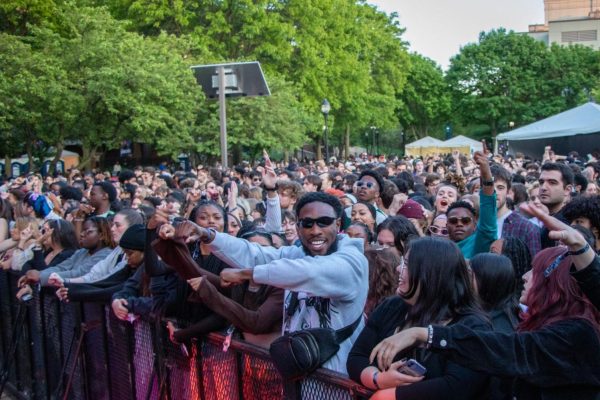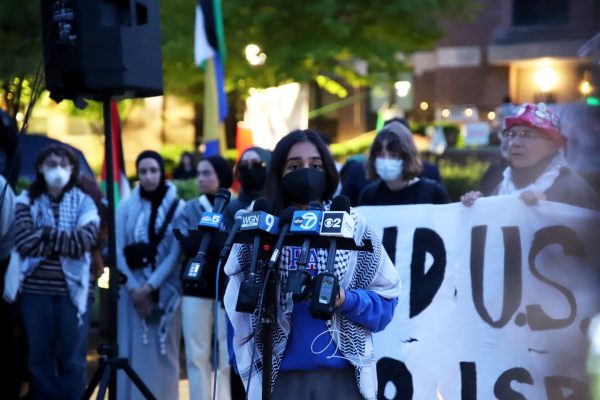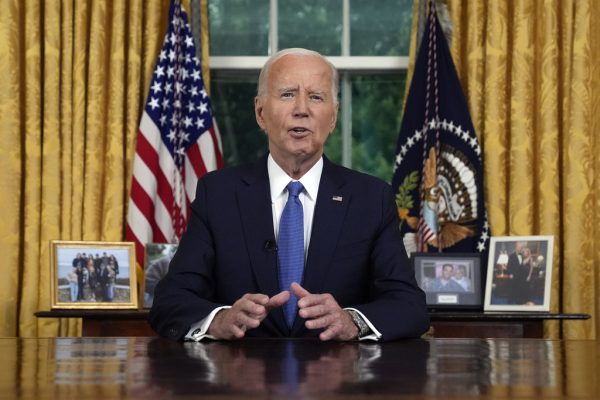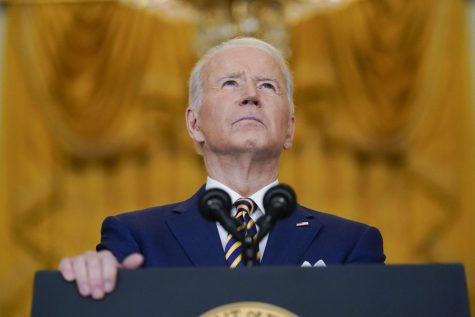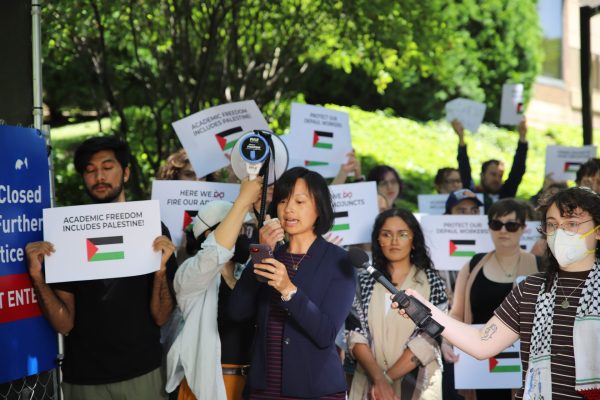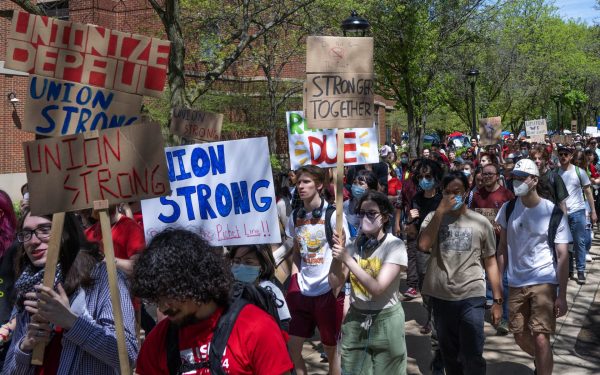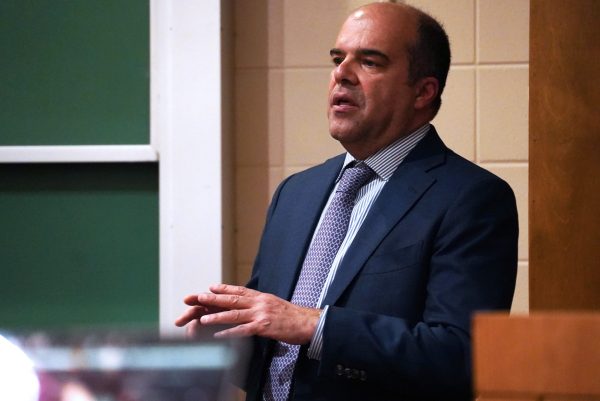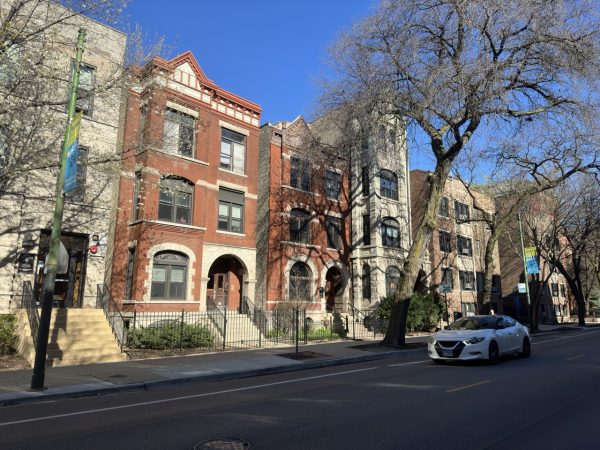DePaul president addresses pandemic, budget in State of University
DePaul University Lincoln Park campus.
Not even President A. Gabriel Esteban was immune to the technical issues that have become familiar to DePaul students throughout the transition to virtual learning during this year’s State of the University address.
After a few small hiccups early on in the one and a half-hour webinar, Esteban went over some of the most important issues facing the university today before opening up the last hour for an open Q&A session joined by the members of his cabinet. Overall, Esteban’s message was one of optimism.

“We’re starting the year very, very strong compared to where we thought we’d be,” he said at the start of his presentation.
Amid the pandemic, DePaul welcomed the largest freshman class in the school’s history, up 6 percent from the year prior despite declining enrollment overall. Additionally, 43 percent of the current student body are students of color, making DePaul the most diverse it’s ever been. Notably, this trend has not translated to faculty, compounding the already vast racial disparity between students and faculty.
Over the course of this year, a lot has been learned about the immediate needs and concerns of students, faculty and staff, Esteban said. Throughout spring quarter he said there was a notable increase in the demand for the food pantry, as well as lack of access to safe housing and a computer or the internet. As a result, residence halls were opened with limited capacity to those who needed shelter as well as the technology available on campus.
According to the most recent student survey, 30 percent of respondents said mental health was the largest single issue weighing on them right now, followed by personal financials.
As a direct response to the unique stresses of this year, the Now We Must campaign aims to raise $60 million to be used exclusively for student resources. The fundraising will be used for five categories: scholarships, internships, technology, mental health and the Student Emergency Assistance Fund, which provides financial relief to students in need.
Looking forward, the upcoming years will likely show a continued decline in overall enrollment, Esteban said. As of now, admissions are 20 percent behind on applications for next fall compared to what is usually submitted by this time.
“It’s going to be more challenging to build next year’s class because of the recession and lost jobs,” he said. “We have to look at this as a marathon, not a sprint.”
Unsurprisingly, the budget took some major hits from the pandemic and the switch to remote learning. Revenue from tuition, fees and auxiliary expenses like residential housing declined as expected after students left campus in the spring. In an attempt to offset those revenue declines, the endowment was increased by $18 million and budgetary measures put in place over the summer are expected to save the university up to $38 million through the end of this fiscal year.
Despite the budgetary constraints, there are no faculty or staff cuts in the foreseeable future, said Esteban and Jeff Bethke, the university’s executive vice president and chief financial officer.
“It’s hard to cut your way to greatness,” Esteban said.


